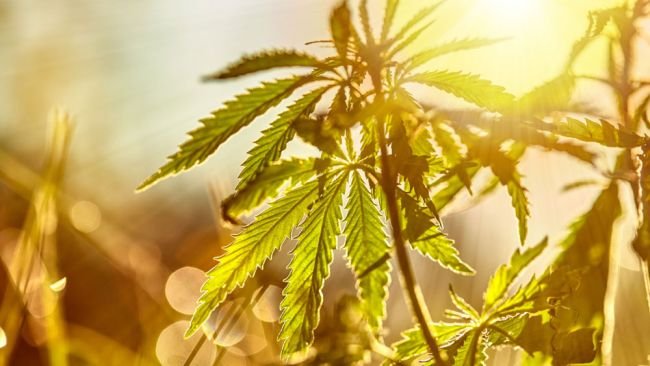In the ever-evolving landscape of cannabis cultivation, two primary methods dominate the market: sun-grown and indoor. Each approach has its staunch advocates, often citing distinct qualities and effects. But what truly sets them apart, and which one reigns supreme? Let’s delve into the debate to uncover the nuances of sungrown versus indoor cannabis cultivation.

Difference in Cultivation Technique
Indoor cultivation involves growing weed plants within controlled environments, typically using artificial lighting, climate control systems, and hydroponic setups. This method allows growers to meticulously regulate every aspect of the plant’s environment, from humidity levels to nutrient intake, resulting in precise control over growth conditions.
On the other hand, sun grown cannabis harnesses the power of natural sunlight for cultivation. These plants thrive in outdoor environments, benefiting from the full spectrum of sunlight and natural soil nutrients. While growers have less control over external factors like weather conditions, sun-grown cultivation is often touted as a more sustainable and cost-effective approach.
Quality of Product
One of the most debated aspects of sun-grown versus indoor weed is the quality of the final product. Proponents of indoor cultivation argue that the controlled environment leads to higher potency, better terpene profiles, and visually appealing buds. With the ability to manipulate factors such as light intensity and temperature, indoor growers can tailor conditions to maximize cannabinoid production and enhance desired traits.
However, advocates for outdoor weed emphasize the importance of terroir—the unique environmental factors that influence plant growth and flavor. Sun-grown plants interact with their natural surroundings, absorbing nutrients from the soil and basking in the nuances of sunlight. This symbiotic relationship with nature is believed to imbue sun-grown cannabis with a distinct flavor profile and a more holistic representation of the plant’s genetic potential.
Effects and Preferences
Ultimately, the choice between sun-grown and indoor cannabis often comes down to personal preference and desired effects. While indoor cultivation may offer a more consistent product year-round, outdoor weed enthusiasts argue that outdoor cultivation produces a more nuanced and authentic experience.
Some consumers gravitate towards the robust flavors and aromas of sungrown cannabis, attributing its unique characteristics to the interaction between genetics and environment. Others prefer the potent and visually striking buds cultivated in controlled indoor environments.
Impact on the Environment
When considering sustainability, sun-grown cannabis often takes the spotlight. Indoor cultivation consumes significant energy for lighting, ventilation, and climate control systems, contributing to carbon emissions and environmental strain. In contrast, sun-grown operations rely on renewable energy from the sun, minimizing carbon footprint and resource consumption.
Furthermore, sun-grown weed promotes biodiversity and ecosystem health by integrating with natural habitats. Outdoor cultivation preserves farmland, reduces urban sprawl, and fosters a more harmonious relationship between agriculture and the environment.
Final Thoughts
In the debate between sun-grown and indoor cannabis cultivation, there is no definitive winner. Both methods have their merits and cater to different preferences within the diverse community. Whether you prioritize sustainability, flavor complexity, or potency, the choice between the two ultimately boils down to what resonates with you as a consumer.
As the cannabis industry continues to evolve, it’s essential to appreciate the diversity of cultivation methods and the myriad experiences they offer. Whether you find solace in the controlled environment of indoor cultivation or revel in the natural beauty of sungrown cannabis, one thing remains certain—there’s a strain for every palate and preference under the sun.